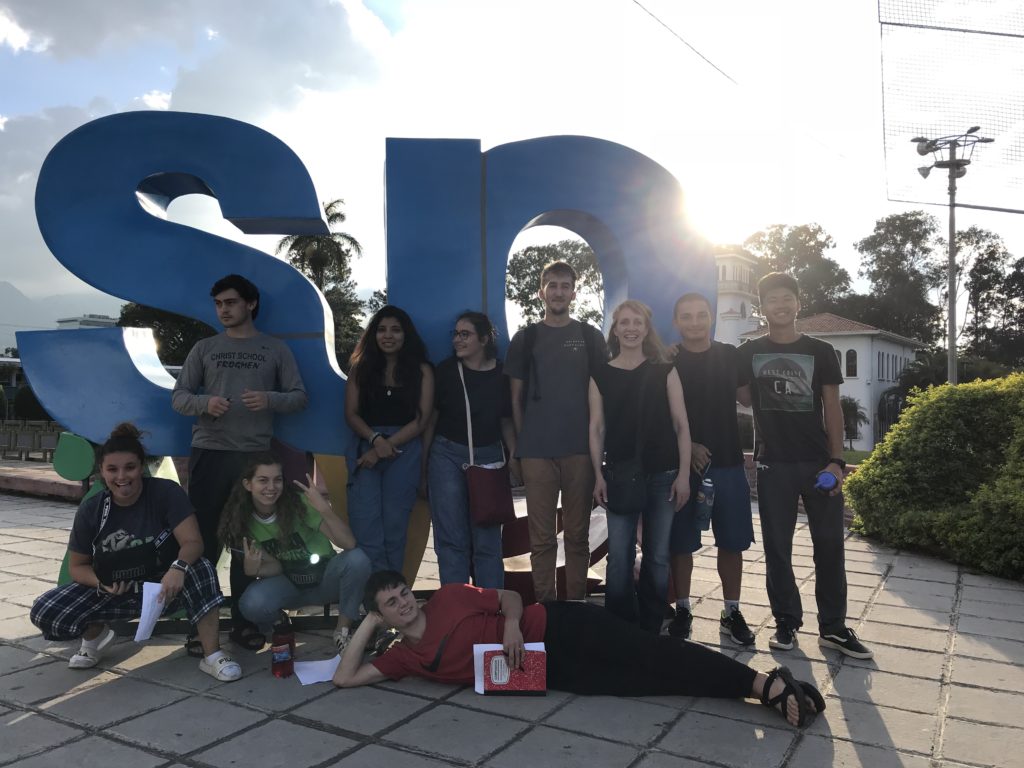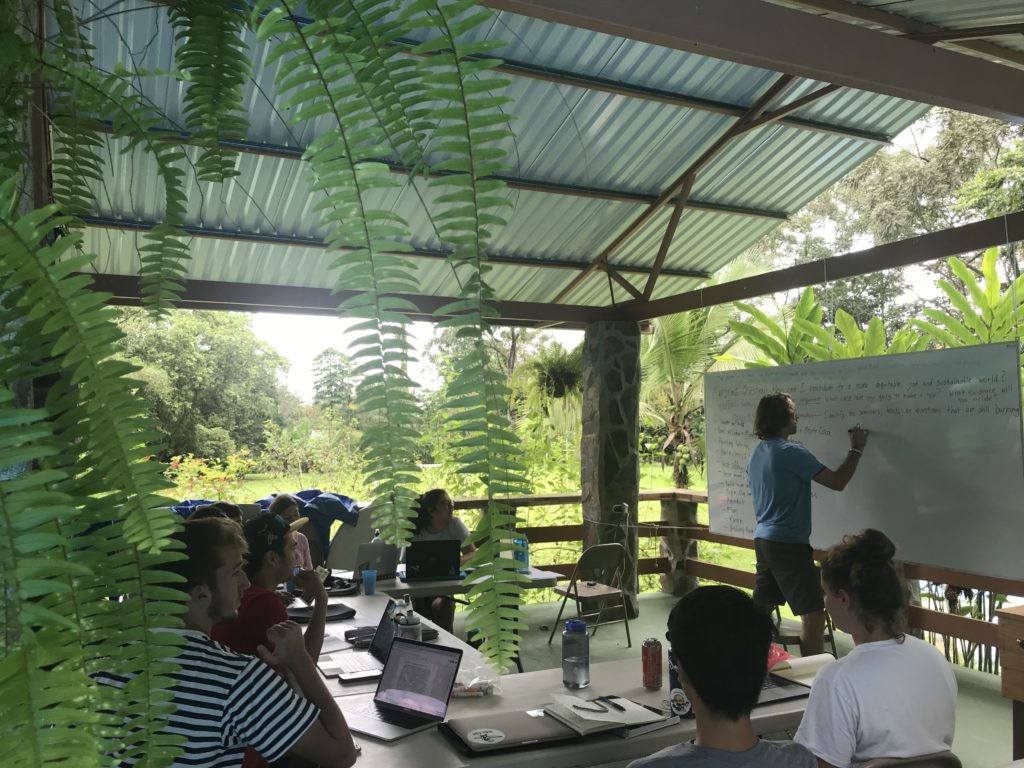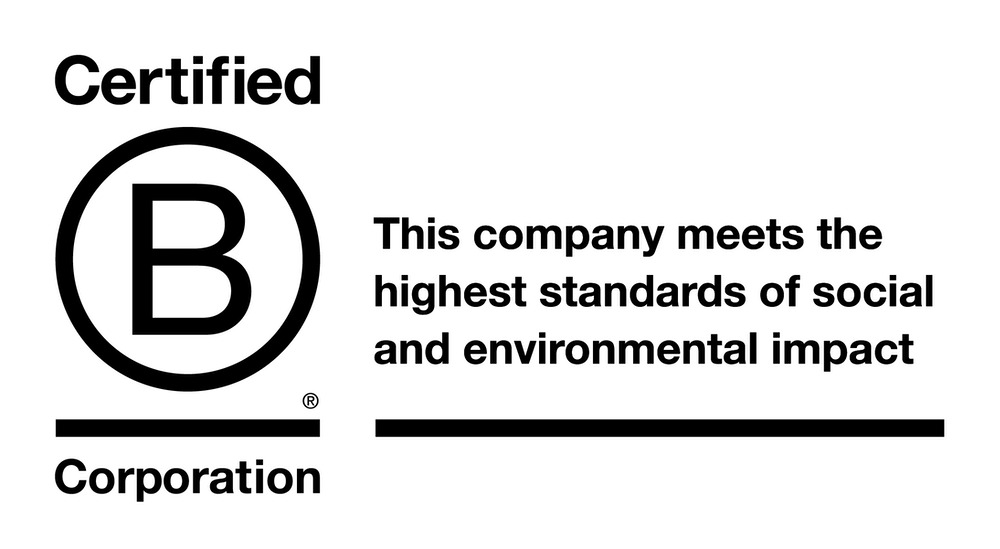Course Director, Dr. Karen Straight, shares her teaching philosophy and experience on a semester with Verto Education. Dr. Karen Straight earned her M.A. and Ph.D. in sociology from the University of Massachusetts at Amherst and will be serving as the Course Director for Identity, Politics and Equity, Cultural Anthropology, and Global Health Fall 2019.
My job is like designing a treasure hunt, a treasure hunt of the very best kind. When I design a new course for Verto Education, I imagine my students at the start of their journey. I picture young adults, eager to step out into this great world and explore, make friends, and find their place. I feel excited for them. I can’t wait to introduce them to the courses I teach (Cultural Anthropology, Public Health, Identity, Politics, and Justice) in such amazing environments.
When designing my curriculum, I think about all that I want to teach my students and the wonderful opportunities I will have to do so in the field. I identify key concepts, theories, and methods that are central to my classes and plot how I will connect them to field experiences. What better way to learn about the concept of culture, one’s own culture, and how to engage with people from another culture than while immersed in a chiefdom in the heart of Fiji? Surely learning about ethnographic methods takes on a unique richness when one is observing a welcome ceremony performed by residents of the chiefdom? How could one not take a more critical view of the consequences of “development” when living amongst the Bri Bri, a matriarchal community on an ecological reserve near Panama? I love charting out the flow of courses in tandem with the unique communities, experiences, and landscapes each country has to offer.

I also know it won’t all be easy. As a sociologist, it is my job to help students understand how social, economic, and political structures influence quality of life for individuals, communities, and nations. The countries, communities, and sites we visit are specifically chosen to provide our students with firsthand knowledge of the world’s beauty and diversity as well as opportunities to explore key challenges of our time. For example, in the Dominican Republic students participate in a service-learning project building much-needed latrines in the bateyes (The word bateye is used in the Dominican Republic to describe settlements around sugar mills). The bateyes are inhabited mostly by impoverished Haitian sugar workers. Conditions are grim, and wages are low. Many lack access to clean water and latrines, heightening the risk of diarrhea and child mortality. In recent years the government, acting out of a long history of anti-Haitian sentiment, took steps to take away the citizenship of many Haitians, even those who were born in the Dominican Republic. Stateless, many Haitians live in fear of police. Some are afraid to leave the bateyes, even when critical medical care is needed. Despite these hardships, the community welcomes us like family. Community members work side-by-side with our students, happy they have come to assist. The students treasure playing basketball with the children. The insights to be gained are enormous, but it can also be emotionally challenging. For many students, time in the bateyes will be transformative.
Each program offers similar, carefully planned life-changing experiences. Time in the field brings to life concepts and topics like structural violence, infant mortality, femicide, and institutionalized racism in a way that no textbook alone ever could.

I jokingly say my education in curriculum design began when I was a child. My mother was a public school teacher, and she adored it with a passion. When I was five, she went back to school for her Master’s in education. She embraced the Montessori method and the notion that we learn the most when we use all five senses. My room became littered with toys that undoubtedly fit in with her curriculum at school: tubes filled with scents that I should identity through smell while blindfolded; a brightly colored “word box” (when you can spell you can write); my favorite journal for writing stories; piles of books and National Geographic magazines, and more. Her philosophy was that when you give people choices that interest them and the right tools, they will embrace reading and learning. From role play to creative writing, her classes employed multiple methods. She was adamantly opposed to the notion that knowledge should be assessed through only one measure (writing and tests) and passionate about inclusive classrooms (in the broadest sense). She held a special tender spot for her English Language Learners. She taught in the same junior high where I was a student, and there was a sizable number of students from Southeast Asia. With the deepest respect and compassion, she would tell me about how they escaped the horrors of war. I could hardly comprehend what it must have been like for these students, kids my age, to risk their lives, flee from terror, and work so hard to acclimate to an American junior high school. Through these insights, my mother taught me how much you can learn from others’ stories and the importance of empathy.
While she taught junior high and I teach college students, the fundamental values of a social justice curriculum are the same for both: inclusivity, active learning, diverse assessments, the power of others’ stories, the importance of empathy, cross-cultural connections, and listening. I know without a doubt that the deepest learning, both academic and personal, often comes from challenging experiences. We learn the most when we involve all our senses and step out of our comfort zones. Learning is at its richest when we engage in the production of knowledge through active research and are not merely recipients of others’ findings. These central tenets inform how I design assignments and plan my seminars.

As with any good treasure hunt, I want my students to be challenged, think critically, work with others to solve problems, come up with the next steps, and take creative action. I want my students to learn not only about the discipline and the country we are in, but also about intellectualism, the process of learning, and how they want to use the knowledge and skills they gain.
Creating the treasure hunt involves the whole team, especially our wonderful in-country staff. It feels like we are choosing from a smorgasbord of opportunities, each promising unique experiences and special insights. Together we create opportunities for students to interview locals, run focus groups, engage in visual methods, analyze findings, and search for solutions while speaking with those currently working on the front lines. Great care is taken in selecting site visits and the wonderful homestays, eco-lodges, and hotels where students reside and learn from the environment in which they live. Students share their knowledge in a myriad of ways from small group discussions, multimedia creations, team presentations, and more. Writing is used as a tool to process, think critically, and reflect. Demonstrating knowledge can take many forms and is designed to both encourage the development of new skill sets and allow people to show their unique talents and gifts.
Along the journey, students will form deeply valued new friendships. Working with their peers, now friends and members of the same learning community, students will learn that being part of a team can help them to solve problems and produce solutions better than they ever could on their own. Each new insight, personal connection, skill, and accomplishment is a treasure to be celebrated.
My job is to create a treasure hunt that balances experiences, reflection, challenges, and academics so students can discover the many treasures along the journey that experiential education has to offer. I learn so much from my students and colleagues. Their insights inspire me to improve my teaching and knowledge every day. It is a joy to create a curriculum for Verto, and I can’t wait to welcome this year’s students!


